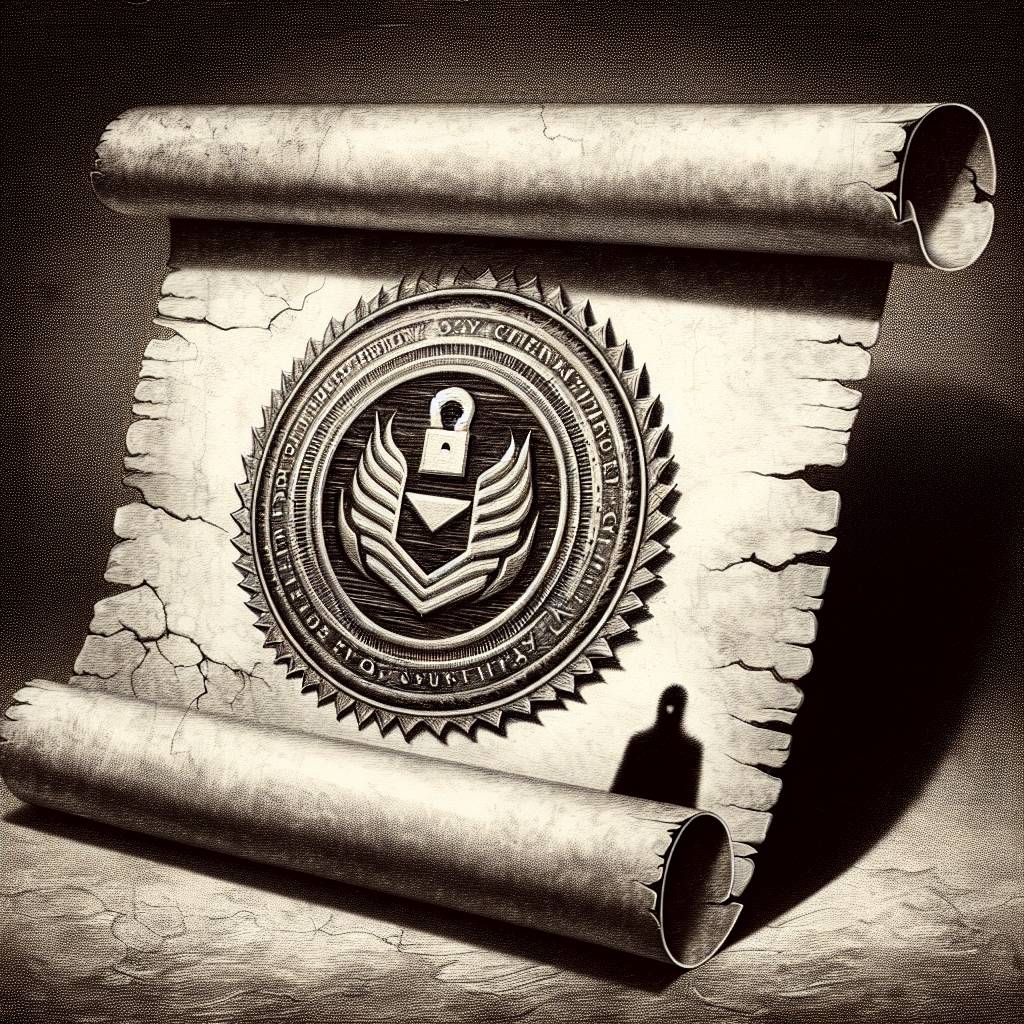Cybersecurity Labels: Sticker of Approval or False Sense of Security?
The White House launched the US Cyber Trust Mark to help Americans choose safer Internet-connected devices. It’s like an EnergyStar but for cybersecurity. While the intentions are good, critics worry the voluntary nature may leave consumers with a false sense of security. Remember, folks, just because it has a sticker doesn’t mean it’s hacker-proof!

Hot Take:
The White House’s new cybersecurity labeling program is like slapping a “healthy” label on a box of donuts. It looks nice, but it’s still a donut, and hackers have a sweet tooth for IoT devices!
Key Points:
- The White House has introduced the “US Cyber Trust Mark” to help consumers make informed decisions about IoT device security.
- This labeling program is voluntary, with 11 vendors acting as administrators and UL Solutions leading the charge.
- Consumers can scan QR codes for device information, but the program’s security requirements are mostly suggestions, not mandates.
- Manufacturers must undergo third-party testing to qualify for the label, yet consumers still bear responsibility for device security.
- The program aims to boost cybersecurity awareness, but there are concerns it might lead to a false sense of security among users.
Already a member? Log in here
